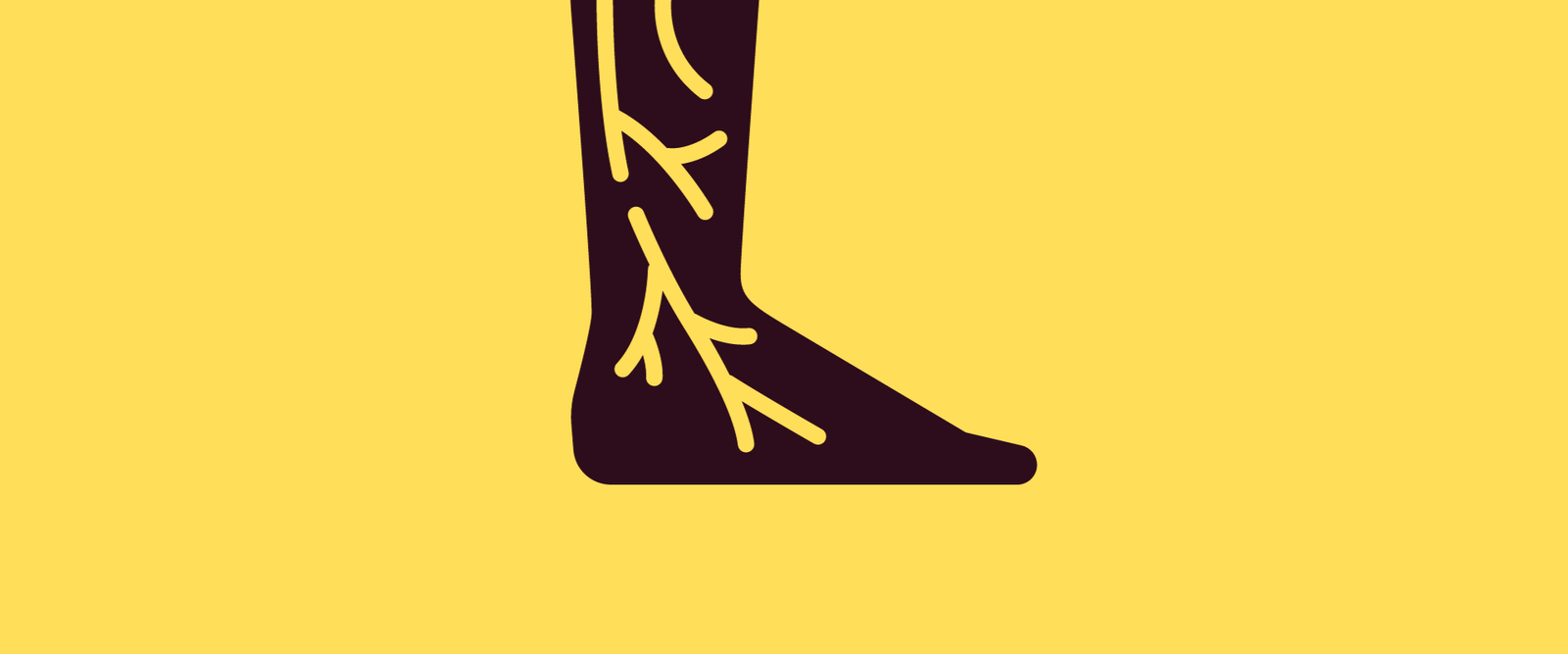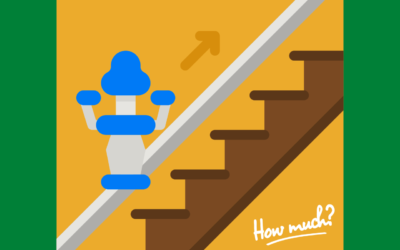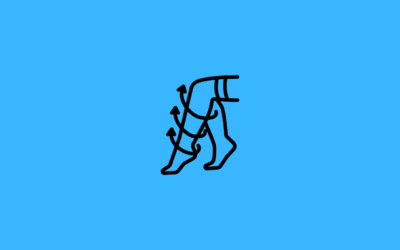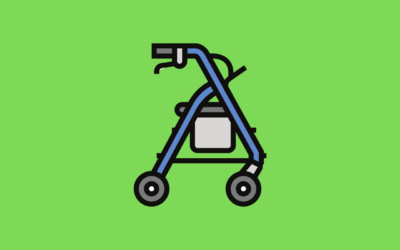Proper circulation is essential for overall health, and when circulation to the feet is compromised, it can lead to various health issues. Several underlying conditions can cause poor foot circulation and manifest through multiple signs and symptoms. In this guide, we’ll explore the common signs of poor circulation in the feet to help you recognise when it’s time to seek medical attention.
1. Cold Feet
One of the most common signs of poor foot circulation is persistent coldness. Cold feet, even in warm environments, can indicate insufficient blood flow to the extremities.
2. Numbness or Tingling
If you frequently experience numbness or tingling sensations in your feet, it may be due to poor circulation. This can result from reduced blood flow and oxygen delivery to the nerves.
3. Swelling
Swelling in the feet, ankles, or lower legs can indicate poor circulation. When blood flow is restricted, fluid can accumulate in the affected areas, leading to swelling.
4. Discoloration
Poor circulation can cause changes in skin colour. You may notice your feet becoming pale, bluish, or even purplish. These colour changes indicate reduced oxygen supply to the skin.
5. Foot Sores or Ulcers
In severe cases of poor circulation, foot sores or ulcers may develop, particularly in individuals with diabetes. Reduced blood flow impairs the body’s ability to heal wounds, making ulcers more likely to occur and difficult to treat.
6. Weak Pulse
A weak or absent pulse in the feet can be a concerning sign of poor circulation. It indicates that blood flow to the extremities is compromised, and immediate medical attention is necessary.
7. Slow Hair and Nail Growth
In some cases, poor circulation can affect the growth of hair and nails on the feet. Slower growth or brittle nails can indicate reduced blood supply to these areas.
8. Muscle Cramps and Fatigue
Poor circulation can lead to muscle cramps and foot fatigue, especially during physical activity. The muscles may not receive an adequate supply of oxygen and nutrients.
9. Pain or Discomfort
Persistent pain or discomfort in the feet, often aching or throbbing, can indicate poor circulation. This pain is typically more pronounced during periods of inactivity.
10. Slow Healing
If cuts, bruises, or wounds on your feet take an extended time to heal, it may be due to poor circulation. Insufficient blood flow delays the body’s natural healing processes.
Remembering poor circulation in the feet can be a symptom of underlying medical conditions, such as peripheral artery disease (PAD), diabetes, or vascular problems. If you experience any of these signs or suspect poor circulation, it’s crucial to consult a healthcare professional for a proper diagnosis and appropriate treatment. Early intervention can help prevent complications and improve overall foot health.












